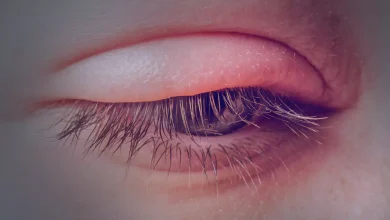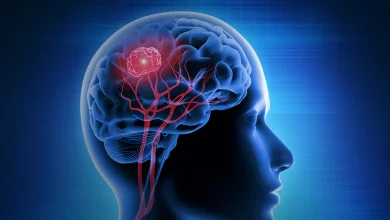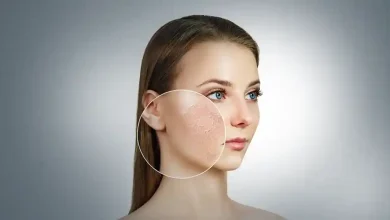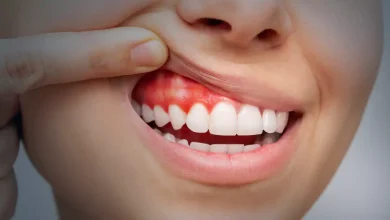All about Algoneurodystrophy
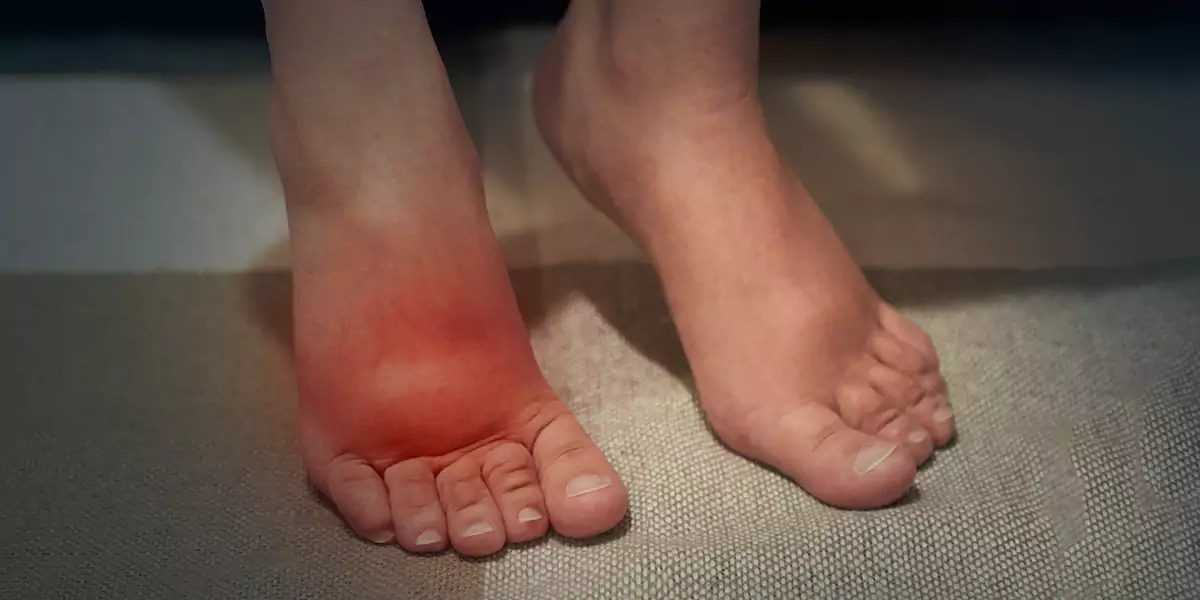
What is Algoneurodystrophy?
Algoneurodystrophy also known as Complex Regional Pain Syndrome (CRPS) occurs because of a malfunction in the nervous system and causes pain that is most intense, unrelenting, and diffuse. It mostly affects the legs or arms and it usually develops after some type of surgery, injury, accident, or heart attack. The pain is disproportionately far more painful than it shall be because it arises from the sensory stimulus.
What are the Types of Algoneurodystrophy?
There are two types of Algoneurodystrophy including:
Type 1: Type 1 is also called reflex sympathetic dystrophy (RSD), and it mostly develops post some kind of illness or injury and doesn’t affect the nerves in the affected limb directly. Around 90% of people with Algoneurodystrophy have this type.
Type 2: The symptoms of type 2 (causalgia) are the same as the symptoms of type 1 but it’s not very common and develops after a distinct nerve injury.
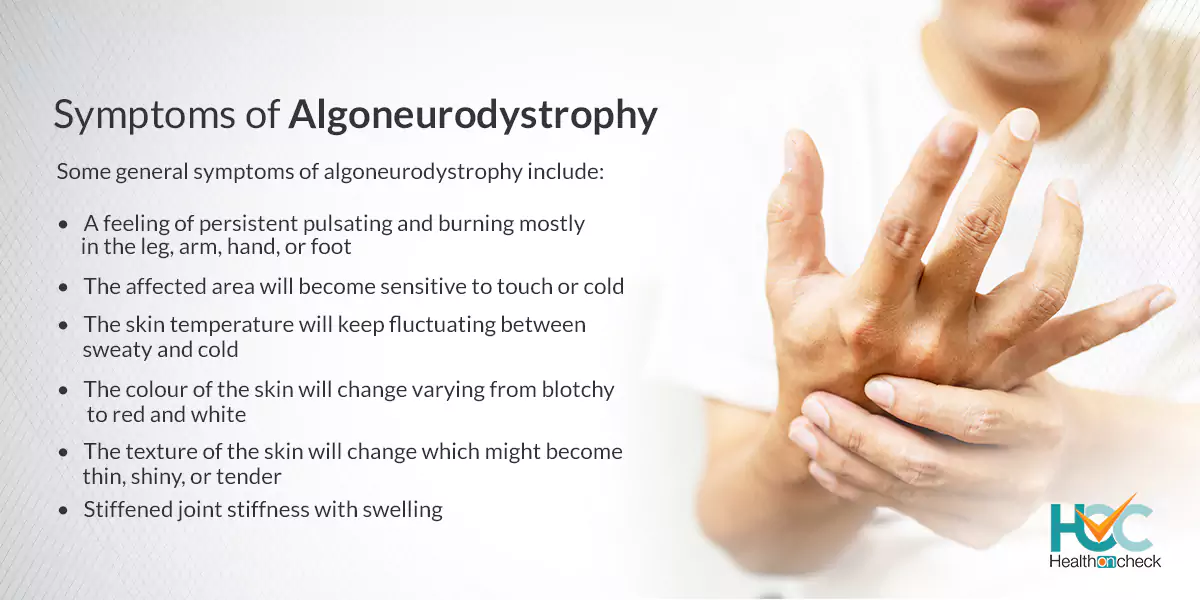
What are the Symptoms of Algoneurodystrophy?
The most common and notable symptom of algoneurodystrophy is the intense pain an affected person will feel which is very intense.
Some general symptoms of algoneurodystrophy include:
- A feeling of persistent pulsating and burning mostly in the leg, arm, hand, or foot
- The affected area will become sensitive to touch or cold
- Swelling
- The skin temperature will keep fluctuating between sweaty and cold
- The colour of the skin will change varying from blotchy to red and white
- The texture of the skin will change which might become thin, shiny, or tender
- Hair and nail growth will change
- Stiffened joint stiffness with swelling
- Spasms in the muscle, weakness, and tremors
- Problem to move the affected body part
What are the Causes of Algoneurodystrophy?
Researchers are not yet able to find the exact causes of algoneurodystrophy but there are some factors that are likely to cause this condition. Some differences in the peripheral and central nervous systems or injury may cause algoneurodystrophy. Immobilization for example keeping a part of your body, especially arms or legs because of some previous injury seems to be one of the reasons why algoneurodystrophy occurs. Along with causing this condition, immobilization can also worsen the problem. In some instances, it seems that changes in the nervous system of the body might be one of the causes of algoneurodystrophy. Inflammation or stress might also have an important role in the development of this condition.
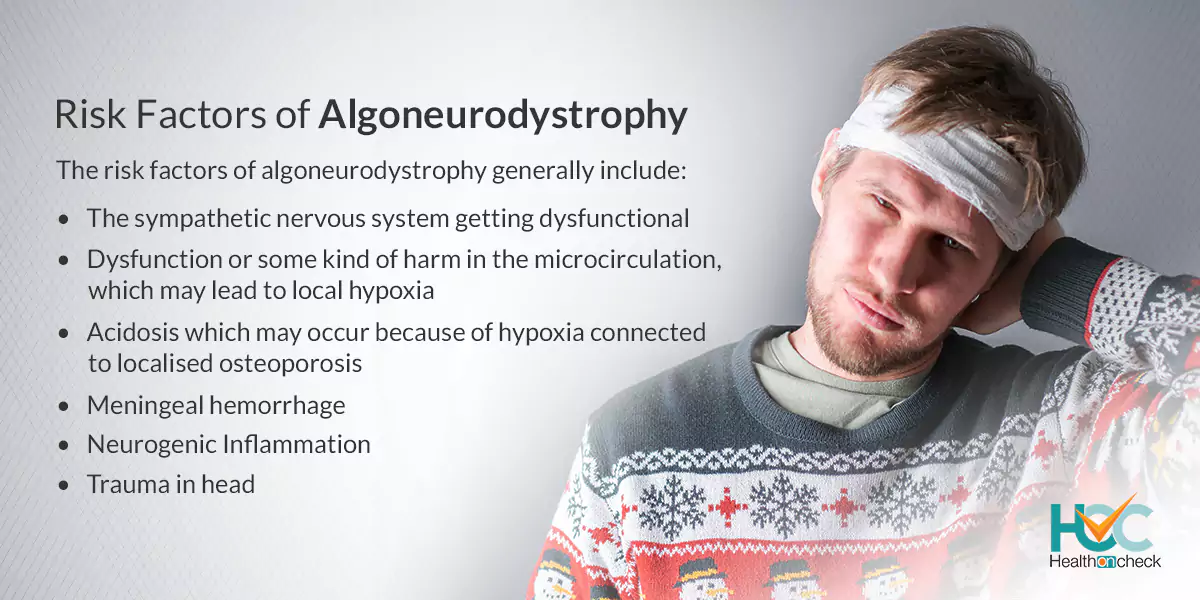
What are the Risk Factors of Algoneurodystrophy?
The risk factors of algoneurodystrophy generally include:
- Meningeal hemorrhage
- Neurogenic Inflammation
- The sympathetic nervous system getting dysfunctional
- Dysfunction or some kind of harm in the microcirculation, which may lead to local hypoxia
- Trauma in head
- Acidosis which may occur because of hypoxia connected to localised osteoporosis
- Cerebral tumor
What are the Complications of Algoneurodystrophy?
If algoneurodystrophy isn’t diagnosed and treated early, it may create more problems in the future. The common complications of algoneurodystrophy include:
Tissue wasting: If you don’t treat this condition properly the affected parts of the body such as the bones, skin, s and muscles will start deteriorating and weakening. Also because of intense pain and stiffness, it will be difficult for you to move your arms and legs.
Tightening of muscle: Also known as contracture, here you will feel that your muscles are tightened which may cause a problem where your fingers and hand or the toes and food will get stiff in a fixed position.
In case there is constant and severe pain affecting a limb and makes moving or touching very difficult, it will affect your daily activities or job.
How to Diagnose Algoneurodystrophy?
Your doctor will first check your medical and then will conduct a physical exam to diagnose this condition. Even though there is not a single certain test that can diagnose Algoneurodystrophy, there are some tests your doctor may ask you to go through which might help in diagnosing the problem. These tests usually include:
Bone scan: Scanning your bones can be helpful to detect changes in the bones. During this, a radioactive substance will be injected into a vein that allows the doctor to see your bones with the help of a special camera.
Sweat production tests: These tests involve measuring the amount of sweat on both limbs and if the results are uneven then it can be a sign of Algoneurodystrophy.
X-rays: X-rays help to detect the loss of minerals in your bones which can be helpful to diagnose this condition.
Magnetic resonance imaging (MRI) I: During MRI magnetic waves are used to capture images that may show tissue changes which helps rule out other conditions.
What are the Treatment Options Available for Algoneurodystrophy?
The Treatment of algoneurodystrophy is mainly done through medications and therapies.
Medications
Antidepressants and anticonvulsants: In certain conditions antidepressants, like anticonvulsants and amitriptyline, including gabapentin (Gralise, Neurontin), are given to ease the pain that occurs because of a damaged nerve.
Pain relievers: Pain relievers including ibuprofen (Advil, Motrin IB, others), naproxen sodium (Aleve), and aspirin may get some relief from mild pain and inflammation. If the pain is severe more powerful pain relievers are given such as opioid medications which are taken in low doses, and may help to reduce pain.
Corticosteroids: Medicines like prednisone are called steroid medicines which are helpful to decrease inflammation and improve mobility in the affected parts of your body.
Bone-loss medications: Sometimes medications like alendronate (Binosto, Fosamax) and calcitonin (Miacalcin).are given to avert or stall bone loss.
Sympathetic nerve-blocking medication: Here an anesthetic to block pain fibers is injected into the affected nerves which might reduce pain.
Intravenous ketamine: Taking low doses of intravenous ketamine, a strong anesthetic, might considerably give you relief from pain.
Low blood pressure medicines: Sometimes medicines that lower pressures such as prazosin (Minipress), phenoxybenzamine (Dibenzyline), and clonidine are given to control the pain.
Therapies
Heat therapy: Here heat is applied to the affected areas which can be helpful to get relief from discomfort swelling and discomfort in the affected painful and cold areas.
Topical analgesics: There are many topical treatments available that can decrease hypersensitivities, like lidocaine cream capsaicin cream, or patches like Lidoderm, ZTlido, etc.
Physical or occupational therapy: Here doctors teach mild exercise of the affected parts or alter your daily tasks which may help to reduce pain along with improving the range of motion and strength.
Mirror therapy: Here a mirror is used to trick the brain. You need to sit before a mirror or mirror box and move a healthy limb which the brain perceives as the affected limb. Mirror therapy according to some research may be helpful in improving function and reducing pain.
Acupuncture: Acupuncture is a famous therapy that is used to treat various types of problems. Here long, thin needles are injected in particular points of the body which might help to stimulate nerves, muscles, and connective tissue to augment blood flow and reduce pain.
Living with Algoneurodystrophy
Living with algoneurodystrophy where you feel constantly can make life very difficult and challenging. At times, even doing a normal activity can be immensely painful and it can affect you both physically and mentally. Take all the advice and treatments prescribed by your doctor. Make a to-do list for every day and take enough rest. Denial, anger, and frustration are common so share your feelings with your close ones. Taking proper treatment will give you relief from pain and you can live a normal life again.
Whom to Consult?
If you are feeling persistent, severe pain mostly near the limbs or arms, and moving them is intolerable, immediately consult your doctor to know the cause. It’s important to diagnose and treat algoneurodystrophy as soon as possible as it gets worse with time.

